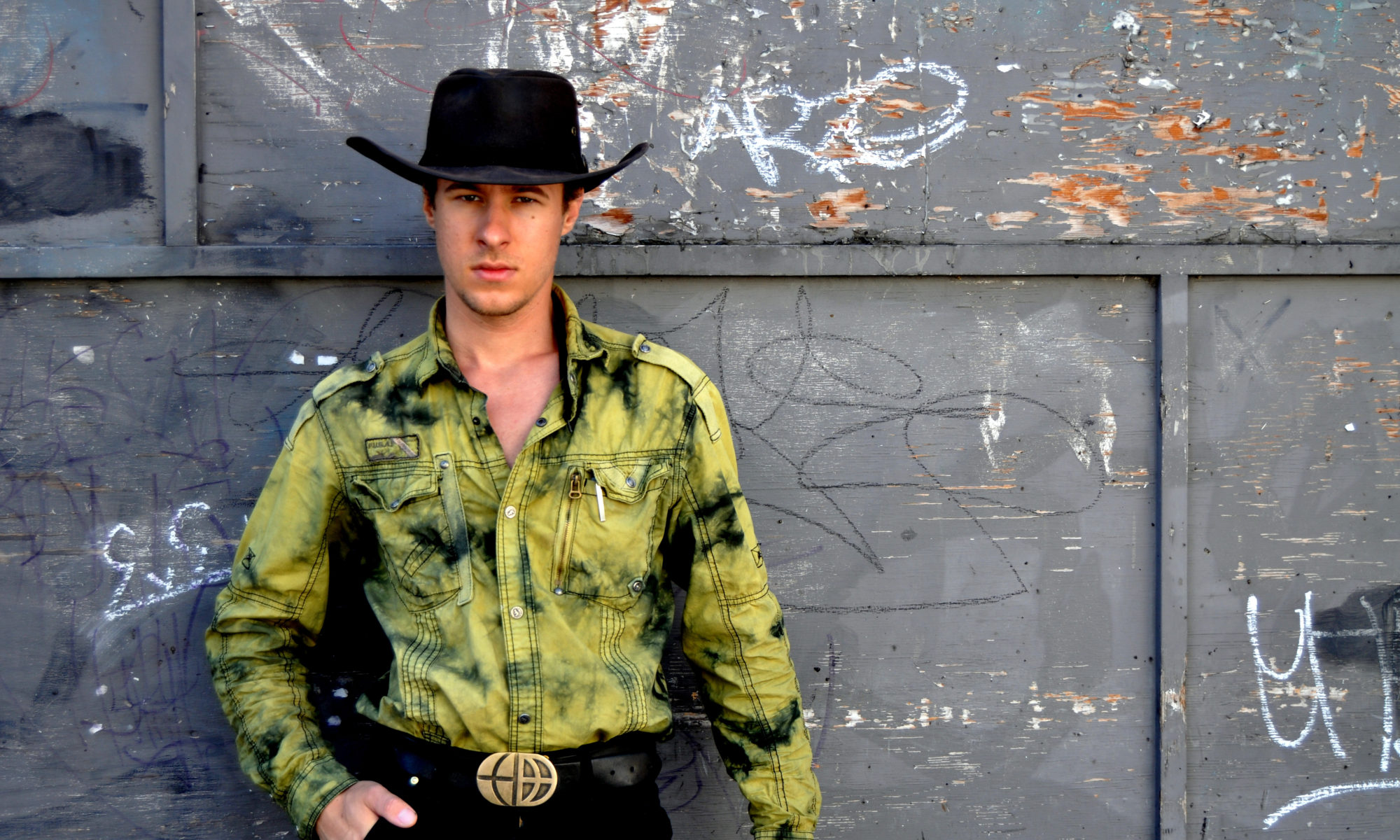Ginger Moshofsky
Oregonian
“Lazy River,” the second of two art installations commemorating Tualatin’s centennial, was dedicated last Friday, Aug. 22, in Tualatin Commons Park.
Created by Joseph Rastovich, the 20-foot high sculpture has a curved shape to represent the Tualatin River.
When Rastovich found out that Tualatin was looking for a sculpture to celebrate the centennial, he had just one week to put a presentation together. The committee was impressed by his vision and design and commissioned him to create the piece.
Rastovich, 22, was raised in Portland surrounded by art; both of his parents are artists. He was unschooled every other year growing up, meaning he would go to school for one year, then spend a year schooling himself on whatever interested him.
At age 12, Rastovich became fascinated with quantum mechanics and learned everything he could on the subject. He fabricated his first steel sculpture at 14.
Rastovich explains what he loved about unschooling was he didn’t get jaded by learning and by people telling him what he had to learn. Instead, he followed his passions. “Passion is my word,” says Rastovich.
“Lazy River” is made of structural steel plate finished with industrial paint. On the sculpture are 32 icons representing the last 100 years in Tualatin’s history.Tualatin means “lazy river” in the language of the Atfalati, the region’s indigenous Native American people.
The sculpture took nine months to create and weighs about 4,000 pounds. It was installed on Aug. 6.
“My favorite part is forming the steel. I absolutely love organic curves, the organic form, the break from the straight linear world,” said Rastovich. “You can be more inspired than the concrete straight line.”
The sculpture was a gift from the Tualatin Arts Advisory Committee using funds raised through the annual art show and sale, Artsplash, and not by public funds. The committee commissioned two pieces of public art, “Lazy River” and “Dynamic Continuum.”
“Dynamic Continuum,” a bas relief mixed media mosaic, created by Lynn Adamo, was installed in the lobby of the Tualatin Public Library last December.
Buck Braden is the chair of the Tualatin Arts Advisory Committee and himself an established painter and artist. According to Community Services Director Paul Hennon, it was Braden’s leadership that led to the installation of the two art pieces.
“I think it was something unique and different, the ability to do all these little pieces, the icons, which represent Tualatin,” said Braden. “It has a contemporary look. I like the way it fits in.”
— Ginger Moshofsky


